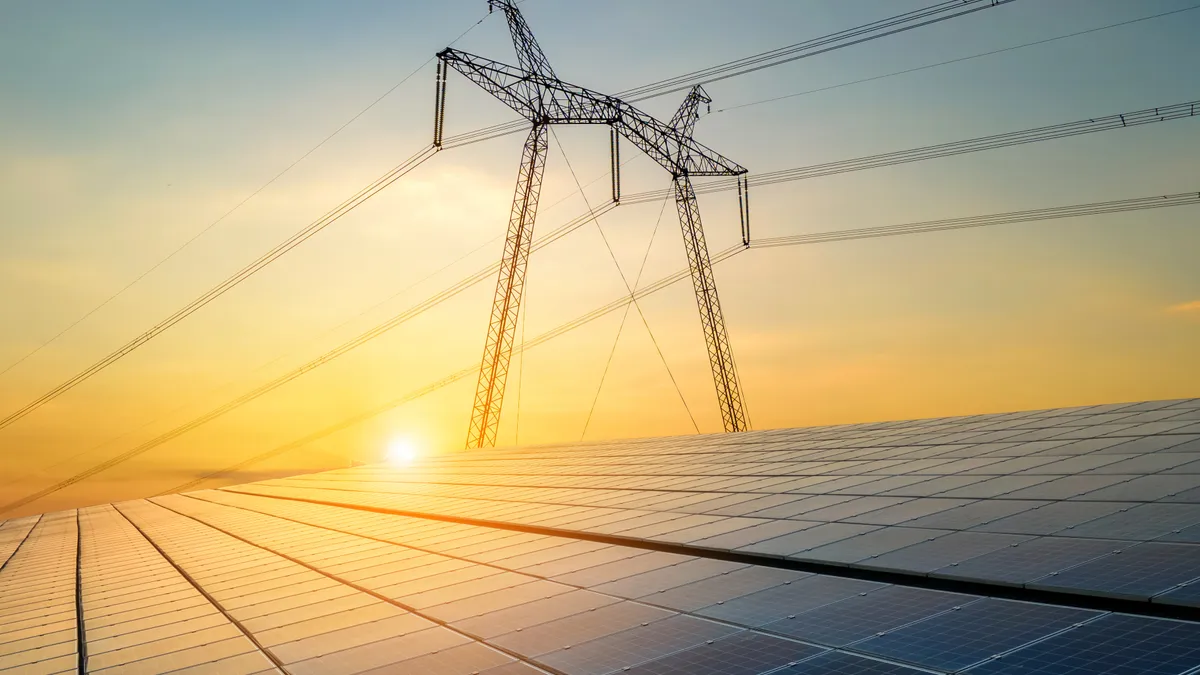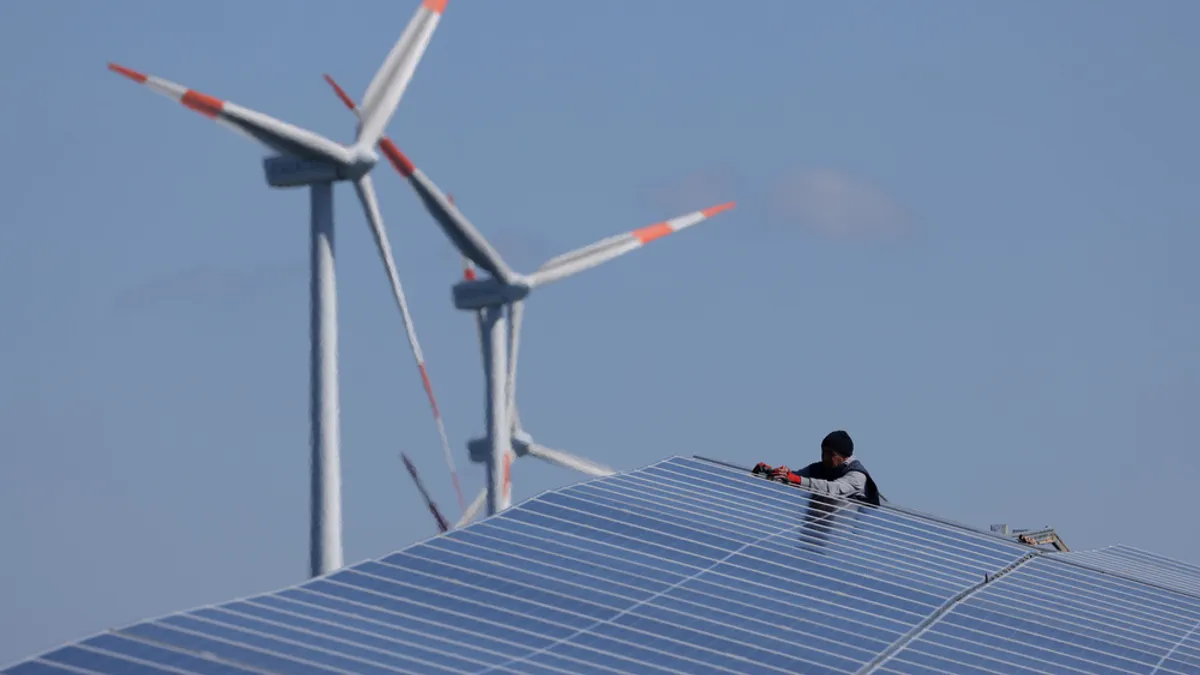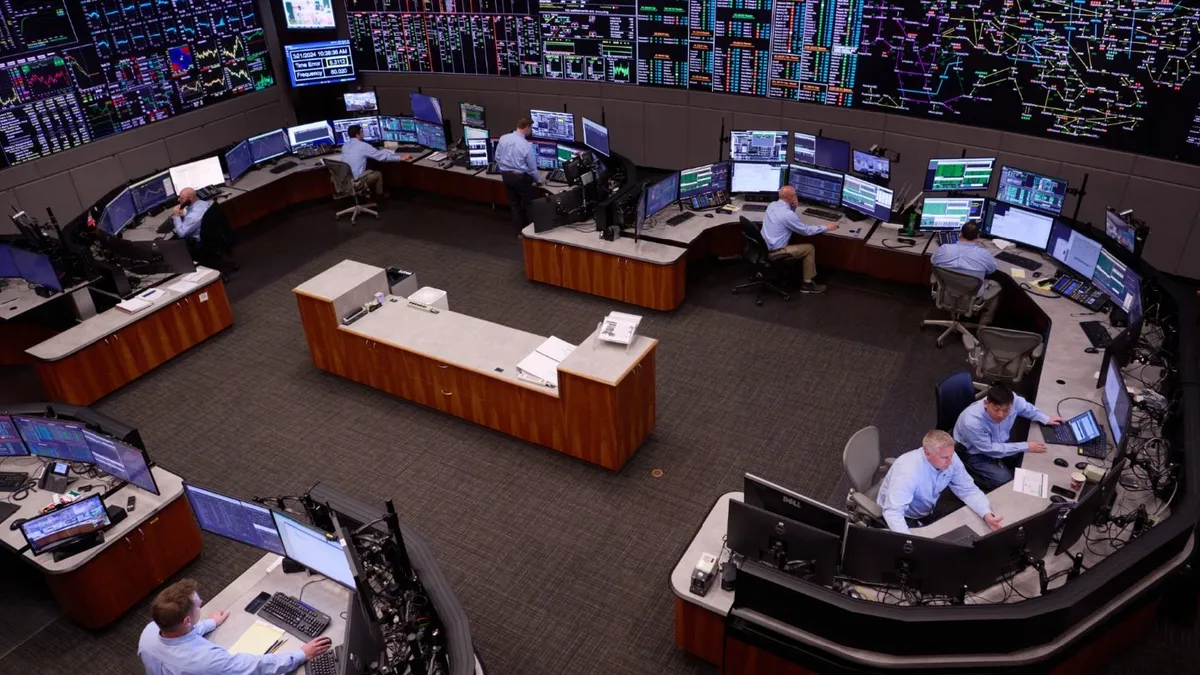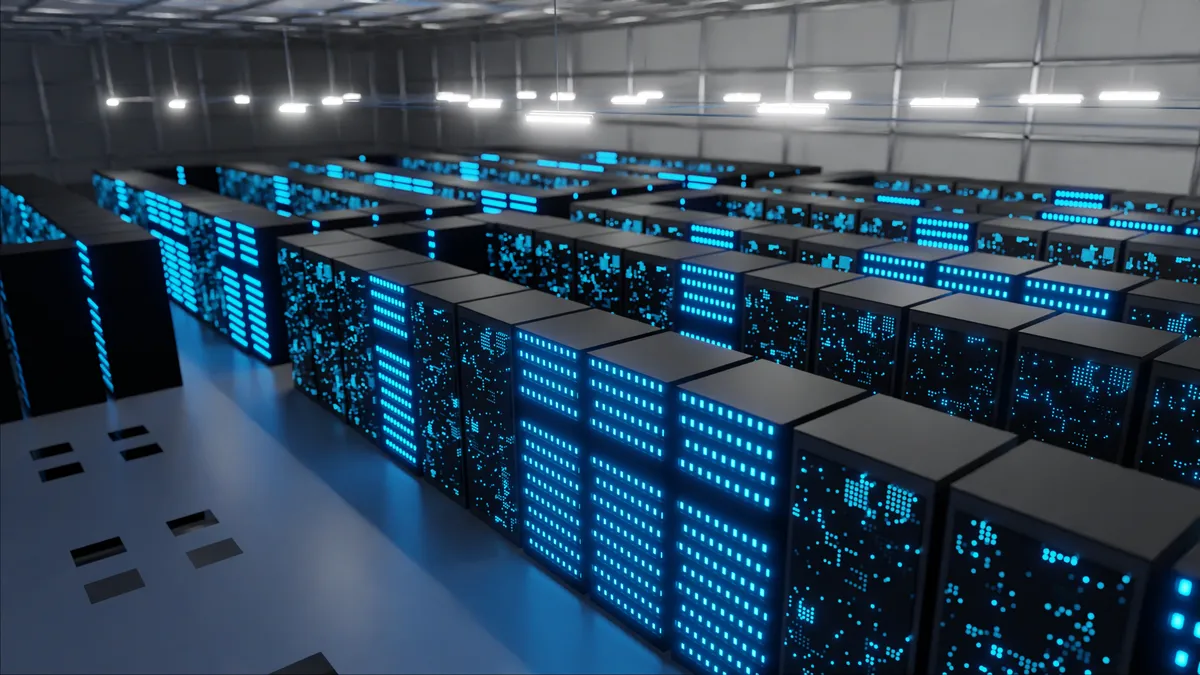Aggregators of distributed energy resources, known as DERs, will need to find “alternative methods” to deploy their products as long as barriers remain to the full implementation of FERC Order 2222, according to a new paper from Guidehouse Insights.
The Federal Energy Regulatory Commission issued the landmark decision in 2020, directing grid operators to enable DER aggregations to participate in wholesale markets. At the time, Order 2222 “was hailed as a game changer for DER,” according to Guidehouse. But in the three years since, “its full impact seems to be more mixed,” the white paper said.
Implementation timelines vary between regions, and experts say there are technology challenges that must be addressed for utilities to have resource visibility and access to market signals of what services are required.
Alternative approaches to integrating aggregated DERs into wholesale markets could include distribution-level programs or local flexibility markets, Guidehouse said. The firm noted a half dozen implementation challenges for FERC Order 2222, varying between regions, including minimum sizes for individual DERs to be able to participate in a DER aggregation that may keep some asset types on the sidelines, and single-node aggregation rules that require all DERs in an aggregation to be located within the same pricing node.
And some states simply do not allow third-party aggregations of demand response to participate in the wholesale electricity market, which can limit DER participation despite Order 2222. FERC in 2008 passed Order 719, which aimed to increase market participation of demand response, or DR, and which allowed states to determine whether retail aggregations of DR could participate in regional markets.
Thirteen states, mostly within the Midcontinent Independent System Operator territory, “restrict or fully prohibit” participation, Guidehouse said.
“Third-party DR aggregations are essential to unlocking the full potential of aggregated DER,” the white paper said. But it is possible that a third-party, non-utility DER aggregation “created under the new FERC Order 2222 frameworks that includes DR could be prevented from participating in a wholesale market, even if it contains other resources for which states are not allowed to opt out.”
FERC is considering the possibility of removing the opt-out provision but that could come with unintended consequences, said Mike DeSocio, founder and CEO of Luminary Energy, a consulting firm focused on wholesale markets.
“Ultimately, removing any opt-out removes the states' control over DER jurisdiction for regulating the programs that impact their residents and could result in cost shifts to customers who are less well-off and unable to benefit from DER due to their housing/economic situation,” DeSocio said in an email.
DeSocio said there are costs that are incurred by utilities to support customer participation in wholesale markets including reliability analysis, metering configuration and support and coordination of customers' or aggregators' activities.
“The current electric wholesale and retail regulatory structure must operate in the best interest of the customers and FERC and state commissions must continue to demonstrate cooperative federalism for that to happen. Eliminating the 'opt-out' may just undermine that,” DeSocio said.
While challenges to DER integration are being worked out, Guidehouse’s paper said aggregators may be best served by looking to “alternative” ways the resources can participate in the energy system.
“Local flexibility markets” operating at specific points on the distribution grid could help to manage grid operations. Under such a system, an aggregator enrolls asset owners and submits bids to the marketplace to provide certain localized services, Guidehouse said.
“Local flexibility markets can facilitate competition among DER aggregators while maintaining grid reliability and lowering costs for operators and customers,” Guidehouse said. “The concept has been deployed by numerous distribution companies in Canada and Europe and is gaining traction with utilities in the US.”
In New York, National Grid is working with London-based Piclo on an “independent marketplace” that streamlines the ability of DERs to provide flexibility services, also known as non-wires alternatives.
Piclo and National Grid launched the system in 2022 and expanded their partnership in December. National Grid is seeking more than 100 MW of system-wide load relief solutions as well as 9.4 MW of “rapid load relief solutions” at specific local locations, according to the announcement last month.






















